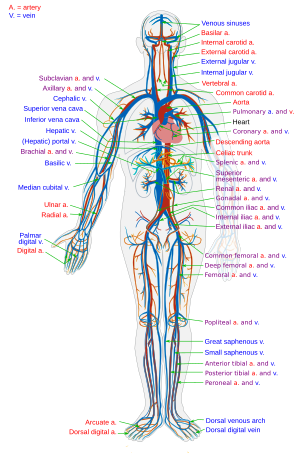British surgeons closer to womb transplants

Image via Wikipedia
British scientists have indicated that the first-ever successful womb transplant in women is closer to reality after they conducted successful experiments on rabbits.
The scientists, led by Richard Smith, consultant gynaecological surgeon at Hammersmith Hospital in London, are seeking funds for further research. They have set up a charity called Uterine Transplant UK and are seeking to raise £25,000 for the next section of research and £250,000 to complete a set of studies.
The team has worked out how to transplant a womb with a good blood supply which could mean it lasts long enough to carry a pregnancy to term. They believe the first successful human transplant could be carried out within two years if they raise enough funds for research.
The team transplanted wombs from five donor rabbits to five recipients at the Royal Veterinary College in London. The rabbits received a womb using a "vascular patch technique," which connects major blood vessels, including the aorta. Of the five, two rabbits lived to 10 months and examinations after death showed the transplants were a success, Dr Smith said while presenting his latest research on rabbits at a US fertility conference.
Dr Smith’s research has been prominently displayed in the UK media and he next aims to get rabbits pregnant through IVF to see how the womb copes, before moving on to larger animals. "I think there are certain technical issues to be ironed out but I think the crux of how to carry out a successful graft that’s properly vascularised — I think we have cracked that one," he added.
However, fertility experts have suggested caution. "Before this treatment could be made available, a great deal of thought and discussion on all the issues including the ethical ramifications and need for counselling would be required," Clare Lewis-Jones, of Infertility Network UK said.
"I think there is a big difference between demonstrating effectiveness in a rabbit and being able to do this in a larger animal or a human. I don’t think it is something that is going to be available in clinical practice for some years to come," Tony Rutherford, chairman of the British Fertility Society, said.


0 comments:
Post a Comment